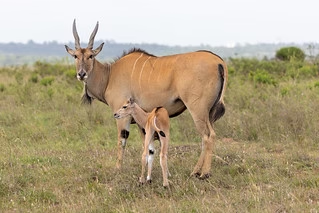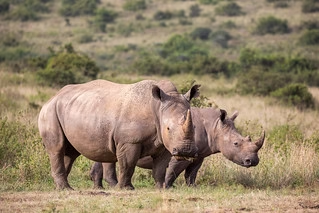Nairobi National Park: A Unique Safari Experience
Nairobi National Park, located just 7 kilometers from Kenya’s capital city, is a remarkable wildlife sanctuary offering an authentic safari experience with the stunning backdrop of Nairobi’s skyline. Established in 1946, it was the first national park in Kenya and is a pioneer in urban conservation, blending city life with wilderness.
Location and Accessibility
The park spans 117 square kilometers and is located in the southern part of Nairobi. Its proximity to Jomo Kenyatta International Airport makes it a convenient stop for travelers seeking a quick yet immersive wildlife experience. Despite being so close to the city, the park’s lush grasslands and scattered acacia bush provide a striking contrast to the urban sprawl.
Wildlife in Nairobi National Park
Nairobi National Park is renowned for its rich biodiversity and is home to over 100 mammal species and 400 bird species, including:
Lions, leopards, and cheetahs: Apex predators thrive here, offering visitors excellent game-viewing opportunities.
Black rhinos: The park serves as a vital sanctuary for this critically endangered species, making it a key player in rhino conservation.
Giraffes, zebras, and buffaloes: These herbivores are common sightings across the park’s open plains.
Birdlife: From large birds like ostriches to a myriad of colorful species such as the superb starling, the park is a haven for birdwatchers.
Unique Features of Nairobi National Park
The Ivory Burning Site Monument
This iconic location commemorates Kenya’s stand against poaching, where seized ivory was burned to symbolize the fight against illegal wildlife trade.
Migration Corridors
Despite being fenced on three sides, the park maintains an open southern boundary, allowing for seasonal migration of wildlife between the park and the nearby Kitengela plains.
Skyline Views
The juxtaposition of roaming wildlife against Nairobi’s cityscape creates a unique photographic and cultural experience.
Activities in Nairobi National Park
Game Drives
Visitors can explore the park on well-maintained tracks for morning or evening game drives, which are the best times for wildlife sightings.
Nature Trails and Picnics
The park offers designated trails and picnic spots, ideal for relaxing in nature while taking in the scenery.
Birdwatching
With wetlands and open savannahs, bird enthusiasts can spot a variety of species throughout the year.
Educational Tours
Schools and visitors can benefit from guided tours to learn about the park’s ecosystems, conservation efforts, and history.
David Sheldrick Wildlife Trust
Located near the park, this center for orphan elephants offers an inspiring glimpse into wildlife rehabilitation efforts.
Best Time to Visit
The park is open year-round, but the dry season (July to October) offers the best wildlife viewing as animals gather around waterholes. The wet season (November to May) transforms the park into lush greenery, with increased bird activity and newborn animals.
Nairobi National Park is a testament to the harmony that can exist between urban development and wildlife conservation.
The park offers a rare chance to experience a full safari without venturing far from city limits. It is an unmissable destination for wildlife enthusiasts, photographers, and anyone seeking an escape into nature.









